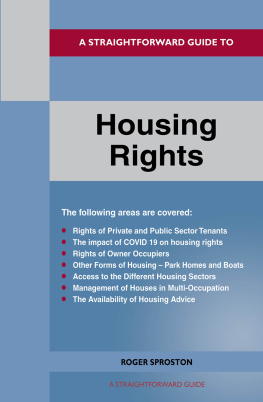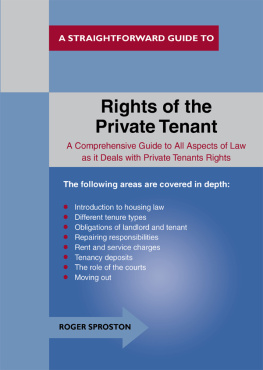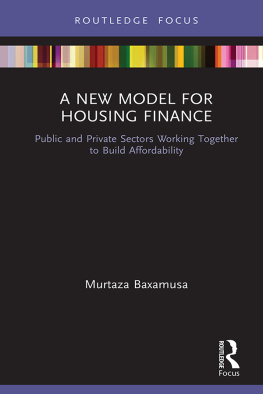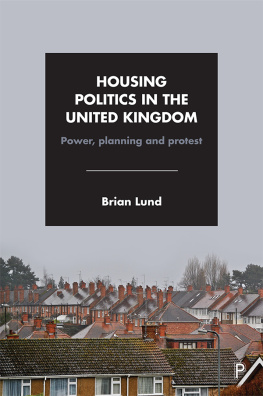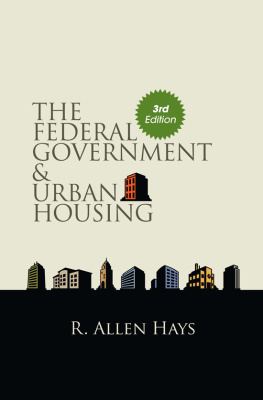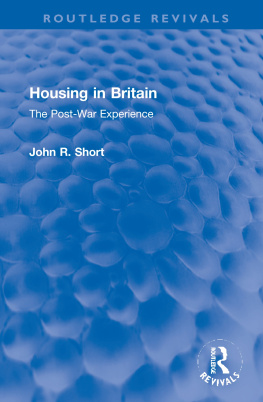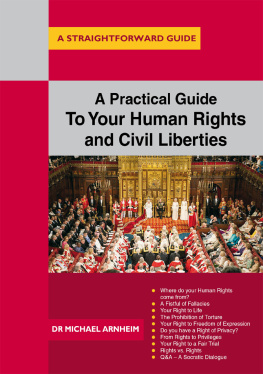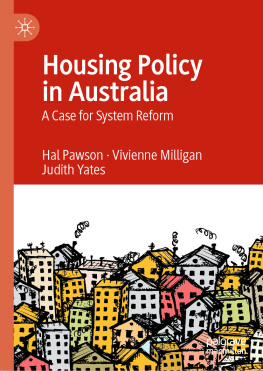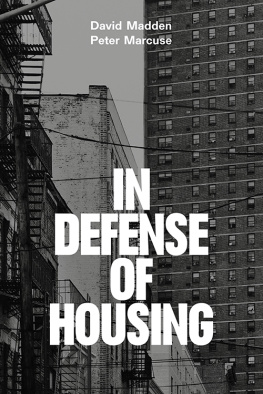Contents
Guide
A STRAIGHTFORWARD GUIDE
TO
HOUSING RIGHTS
Roger Sproston BA, MSc
Straightforward Guides
www.straightforwardco.co.uk
Revised edition Roger Sproston 2022
All rights reserved. No part of this book may be reproduced in a retrieval system or transmitted by any means, electrical or mechanical, photocopying or otherwise, without the prior permission of the copyright holder.
British Library Cataloguing in Publication data. A Catalogue record of this book is available from the British Library.
ISBN: 978-1-80236-053-0
ePUB ISBN: 978-1-80236-131-5
Kindle ISBN: 978-1-80236-138-4
Printed by 4 Edge www.4edge.co.uk
Whilst every effort has been made to ensure that the information contained within this book is correct at the time of going to press, the author and publisher cannot accept responsibility for any errors or omissions contained in this book.
Contents
****
INTRODUCTION
This revised edition of A Guide to Housing Rights, updated to 2022, is a comprehensive overview of housing law and the rights of occupiers across three main tenures, Private sector tenants, public sector tenants and Owner occupiers. There is also a general section covering park homes, houseboats, and agricultural tenants. Private sector tenancies in Scotland are also covered.
However, if the reader requires more in-depth information concerning owner occupation in Scotland go to: scotland.shelter.org.uk:
For Northern Ireland, advice about private tenants rights and owner occupation can be obtained from www.housingadviceni.org.
Coronavirus temporary law changes
At the time of writing, we have passed the peak of the coronavirus epidemic, or at least the effects that the pandemic had on housing. Landlords are free to repossess properties and mortgage providers to foreclose. To date however, the Tsunami of homelessness hasnt been as drastic as was envisaged.
Landlords have been warned to take note of the Minimum Energy Efficiency Standard regulation which came into force on 1 April 2020. The changes mean properties where tenancies pre-date April 2018 must have an Energy Performance Rating above E. When initially introduced in April 2018, all properties marketed for let were legally required to have an EPC (energy performance certificate) rating of E or above before the commencement of any new tenancies. However, the legislation will shortly be extended to also cover properties where current tenancies pre-date April 2018. Landlord regulatory requirements have not been relaxed during the coronavirus outbreak and financial penalties for non-compliance remain enforceable, with a potential fine of up to 5,000 per infraction.
The government had stated Landlords should make every effort to ensure they are meeting at least the new minimum standards despite the logistical challenges imposed by the outbreak. It is vital to maintain open channels of communication with tenants to ensure that they are not vulnerable or self-isolating before proceeding with any essential work.
All evictions were suspended until March 31st, 2021, this affected mortgage holders as well as private and social renters across England and Wales.
The stay on possession proceedings expired on 20 September 2020 and landlords are now able to progress their possession claim through the courts. Courts will carefully prioritise the most egregious cases, such as those involving anti-social behaviour and other crimes. Longer notice periods and new court rules apply in all local tiers.
To protect against Coronavirus (COVID-19) transmission, the government changed the law to ensure bailiffs did not to enforce evictions in all local tiers in England until 11 January 2021. For a full breakdown of housing and coronavirus, and the situation in 2022, go to https://england.shelter.org.uk/housing_advice/coronavirus.
The information is up to date as at March 2022 and is comprehensive.
**
Housing is very complex and affects all people at some point in their lives. Housing law is ever changing and knowledge of it is usually outside the scope of the layperson. There is the problem now of housing, whether owner occupied or rented, being unaffordable, particularly in London and the Southeast. The whole free-for-all in the Housing Market, which really began in earnest with the reforms to the private sector and Buy to Let in 1989, is now coming to an end. The Government is tightening up the private sector with increasing legislation and regulations designed to curb the activities of lettings agents.
The Tenant Fees Act 2019, which became law on 1st June 2019, stops estate agents charging exorbitant fees to tenants and affects tenants deposits, Rules affecting Houses in Multiple Occupation, aimed at tightening up this area of housing came into effect from October 1st, 2018. Also, rules around private lettings and energy performance came into effect, and the introduction of new redress schemes for both tenants and owner occupiers. Local authorities too have been given increased powers to regulate private sector lettings in their areas.
From October 1st, 2018, the changes introduced by the Deregulation Act 2015 have been extended. These changes first came into effect on 1 October 2015 but only for tenancies which started or were renewed for new fixed terms after that date (new tenancies). Therefore, there has been a transition period for tenancies which predated 1 October 2015 (old tenancies). This transition period ended on 1 October 2018 and from that date the Deregulation Act changes apply to all ASTs. This will be covered further on in the book.
Correspondingly, there is the increasing problem of homelessness and what to do at this traumatic time. How do local authorities work and what are their obligations towards the individual? What is the role of housing associations and housing co-operatives and how can one gain access to this type of property, particularly with the government historically intent on reducing the availability of social housing? To grapple with the problem of homelessness the government has introduced the Homelessness Reduction Act 2017, which became fully operative in April 2018. The Homelessness Reduction Act 2017 is one of the biggest changes to the rights of homeless people in England for 15 years. It effectively bolts two new duties to the original statutory rehousing duty:
Duty to prevent homelessness
Duty to relieve homelessness
In response to the introduction of this Act, Shelter states:
But its (the 2017 Act) laudable aims to reduce homelessness will be undermined without improvements to wider housing and welfare policy, to address both the causes of homelessness and to ensure that homeless households have access to settled, affordable and suitable housing in each local authority area.
Without these improvements, there could be unintended consequences, such as gate-keeping of services, unlawful decisions, increased out-of-area moves and repeat homelessness, with damaging consequences for children and other vulnerable applicants, and little improvement in meaningful outcomes for single adults.
Leaseholders have been in the news, for several reasons, with the exposure of extortionate ground rents and the government has banned the sale of new build leasehold property. This is because property developers have been completing schemes and then selling on the freehold to companies who are able to profit from the outsize ground rents which in many cases render a property impossible to sell in the future. In addition, since the Grenfell House fire in 2017, and the revelation that cladding around the building had contributed to the rapid spread of the fire, there have been high profile cases where freeholders have tried to pass on the costs of stripping buildings to leaseholders, in some cases tens of thousands of pounds. The Government has, introduced the Fire Safety Act 2021 (effective from April 2021) and the Building Safety Bill that is making its way through Parliament in 2022. In addition, the government has now announced that many developers have signed up to an agreement that all costs of stripping buildings of cladding, plus any associated costs such as nightwatch will be borne by developers and not leaseholders. This may, however, exclude buy-to-let landlords in a block.

